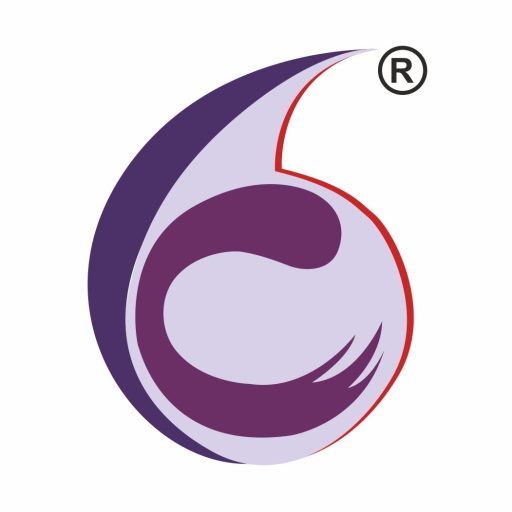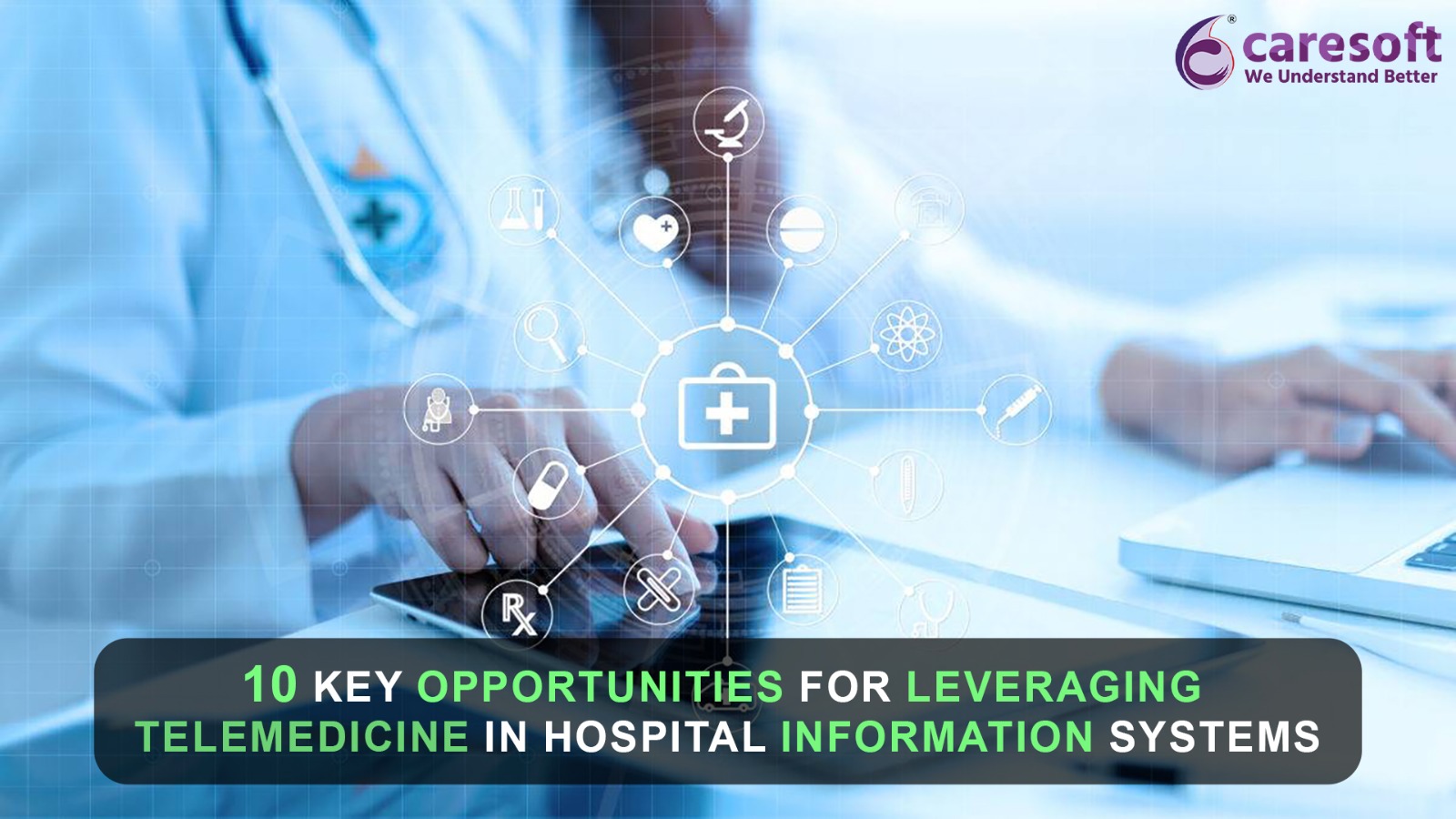Telemedicine integration in hospital information systems (HIS) revolutionizes healthcare delivery by facilitating remote consultations and patient monitoring. This transformative approach enhances accessibility, efficiency, and patient outcomes, but it also poses challenges such as regulatory compliance and data security. Understanding these dynamics is crucial for the successful implementation and optimization of telemedicine services within HIS.
Telemedicine, the remote diagnosis and treatment of patients using telecommunications technology, has emerged as a critical component of modern healthcare delivery. Integrating telemedicine into hospital information systems (HIS) presents numerous opportunities along with several challenges.
Challenges:
- Regulatory Compliance: Telemedicine services must comply with various regulations and standards, which can vary across regions and jurisdictions.
- Data Security and Privacy: Protecting patient data during telemedicine consultations and ensuring compliance with privacy regulations are paramount concerns.
- Technology Infrastructure: Reliable internet connectivity and access to appropriate telecommunications technology are prerequisites for successful telemedicine integration.
- Digital Divide: Socioeconomic disparities may limit access to telemedicine services for certain populations, exacerbating healthcare inequities.
- Legal and Liability Issues: Clarifying liability and malpractice insurance coverage for telemedicine consultations is essential to mitigate legal risks.
- Reimbursement Policies: Aligning reimbursement policies with telemedicine services and ensuring fair compensation for healthcare providers are ongoing challenges.
- Workflow Integration: Seamless integration of telemedicine platforms with existing HIS workflows is essential to optimize efficiency and minimize disruptions.
- Patient Adoption: Educating patients about telemedicine benefits and encouraging adoption among diverse demographics may require targeted outreach efforts.
- Quality of Care: Maintaining standards of care and ensuring diagnostic accuracy in remote consultations pose challenges for telemedicine practitioners.
- Technical Support and Training: Healthcare providers require adequate training and technical support to effectively use telemedicine platforms and troubleshoot issues.
Telemedicine integration in hospital information systems presents numerous opportunities to revolutionize healthcare delivery, enhance patient access, and improve clinical outcomes.
Here are 10 key opportunities for leveraging this innovative approach.
- Increased Access to Healthcare: Telemedicine integration allows patients, especially those in remote or underserved areas, to access healthcare services without needing physical travel.
- Improved Patient Outcomes: By enabling timely consultations and interventions, telemedicine can lead to better patient outcomes, particularly in emergencies.
- Enhanced Efficiency: Telemedicine integration streamlines the appointment scheduling process, reduces wait times, and optimizes resource utilization in healthcare facilities.
- Cost Savings: Telemedicine consultations typically cost less than in-person visits, leading to potential cost savings for both patients and healthcare providers.
- Expanded Reach: Healthcare providers can extend their reach beyond geographical boundaries and cater to a larger patient population.
- Remote Monitoring: Telemedicine platforms integrated with HIS enable remote monitoring of patient’s vital signs and health metrics, facilitating proactive interventions.
- Continuity of Care: Telemedicine integration ensures seamless communication and information exchange between healthcare providers, promoting continuity of care.
- Patient Engagement: Telemedicine platforms often feature patient portals and mobile applications that empower individuals to actively participate in their healthcare management.
- Access to Specialist Consultations: Telemedicine enables patients to consult with specialists located in different regions without the need for travel, thereby reducing healthcare disparities.
- Disaster Response: Telemedicine integration strengthens healthcare resilience by enabling remote consultations and medical support during natural disasters and public health emergencies.
Telemedicine integration in hospital information systems offers promising opportunities to enhance healthcare delivery, but it also presents significant challenges that require careful consideration and proactive management. Collaborative efforts among stakeholders, including policymakers, healthcare providers, technology vendors, and patients, are essential to maximize the benefits of telemedicine while addressing its inherent complexities.

